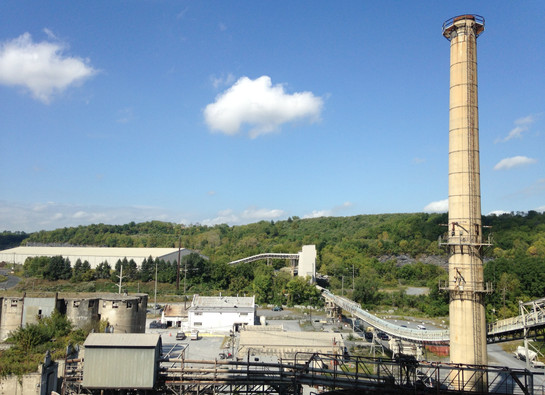The U.S. Department of Energy Offices of Technology Transitions (OTT) and Clean Energy Demonstrations (OCED) are accepting proposals addressing adoption challenges to later stage commercialization, demonstration, and deployment of decarbonization technologies in concrete and cement, metals and chemicals sectors.
OTT and OCED are advancing the Collaborative Alignment for Critical Technology Industries – Industrial Decarbonization Lab Call with $15 million in Inflation Reduction Act/Technology Innovation Fund outlays, and support of the DOE Office of Manufacturing and Energy Supply Chains and Industrial Efficiency & Decarbonization Office. The Lab Call is open to the 17 DOE National Labs, from Oak Ridge to Lawrence Livermore, whose prospective partners can include industry organizations or individual companies.
“Inconsistencies across different stakeholders often result in slow adoption of new technologies that could dramatically reduce emissions from critical industrial sectors,” said DOE Chief Commercialization Officer and OTT Director Dr. Vanessa Chan. “This Lab Call is designed to overcome these barriers by uniting key stakeholders to share expertise, align on best practices and collaborate with our National Labs to implement effective solutions industry-wide.”
The prevailing Collaborative Alignment on Decarbonization of Concrete and Cement Industry lab will lead work with parties along the industry value chain – technology developers, feedstock suppliers, project developers, facility owners, financiers, product customers – to facilitate market adoption, scale-up and replication, and building consensus around low-carbon solutions. It will also oversee publishing of independent technical reports and analyses, while supporting industry efforts toward developing and adopting assessment tools, product performance specifications, and widely accepted best practices.
Concrete and Cement and companion collaborative lab outputs, OTT and OCED noted, should include:
• Approved group recommendations for addressing identified challenges, as well as implementation action plans for proposed solutions and progress to date.
• Applications, databases, and other relevant tools to support demonstration and commercialization of relevant technologies.
• An industry community of practice that can endure beyond project duration and serve as the industry-recognized entity to ensure execution of the agreed upon recommendations and implementation plans.
“DOE recognizes that commercialization of a new technology requires overcoming both technical and adoption barriers,” OTT and OECD observed. “As technology readiness progresses and the technical challenges have been de-risked by the DOE basic and applied offices, a specific focus is expected to be placed on adoption risks preventing commercialization and deployment of new technologies by industry stakeholders. Examples of relevant adoption risks include delivered cost, functional performance, ease of use, market size and market openness, downstream value chain, workforce, ability to be integrated in a large infrastructure project, material sourcing, environmental and safety elements, regulatory environment, policy environment, permitting and siting, and community perception.”
“Stakeholders throughout the cement industry are interested in but hesitant to adopt new processes, chemistries, and protocols for low-carbon cement,” OTT and OECD added, “Creating universally accepted frameworks and developing best practices around low-carbon cement adoption can address uncertainty, speed procurement and adoption of novel materials and processes, and reduce associated costs, helping to alleviate adoption concerns. The Federal government can play a key role by convening stakeholders across the cement industry and coordinating with standards development organizations to support consensus-driven practices, procedures, and harmonized frameworks for equipment and processes.”
OTT and OCED officials will review applications received by October 14, notify selected labs by the end of year, and proceed to Q1 2025 project negotiations and finalization. Lab Call inquiries can be directed to [email protected].



